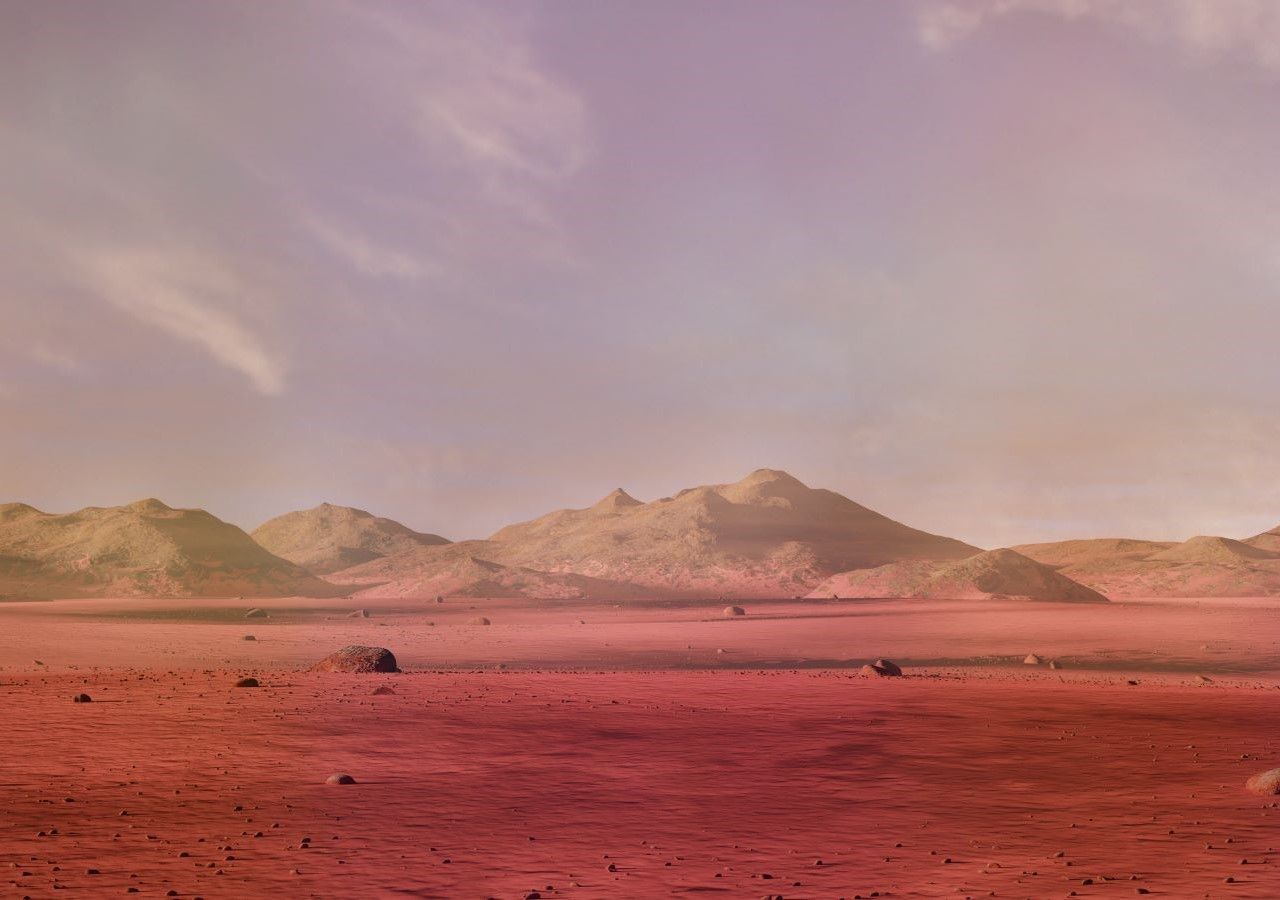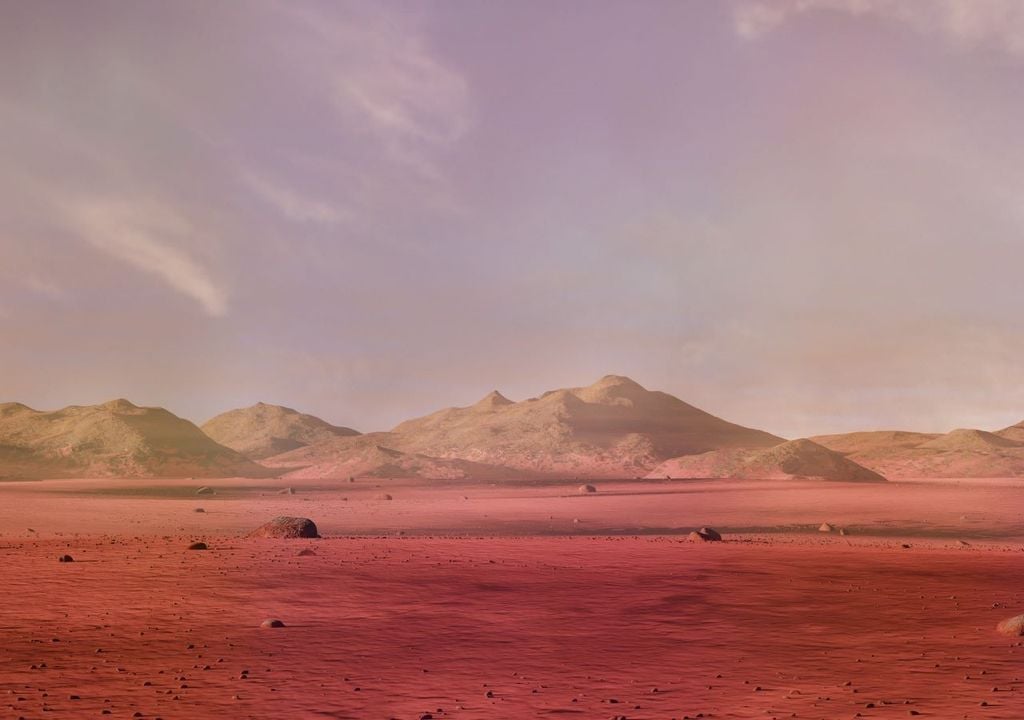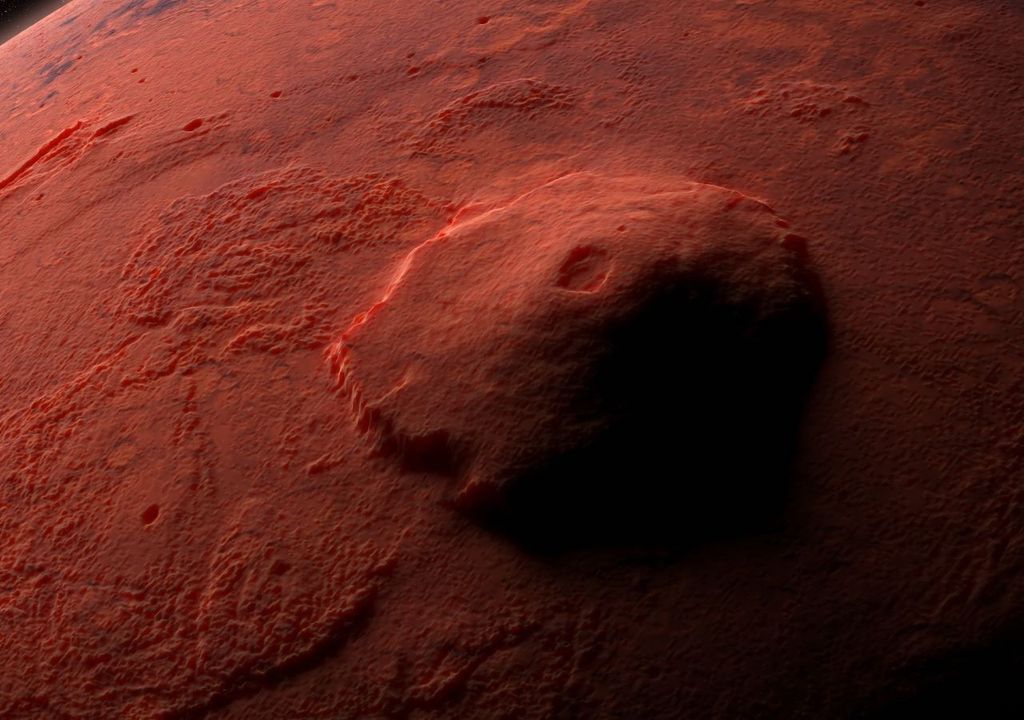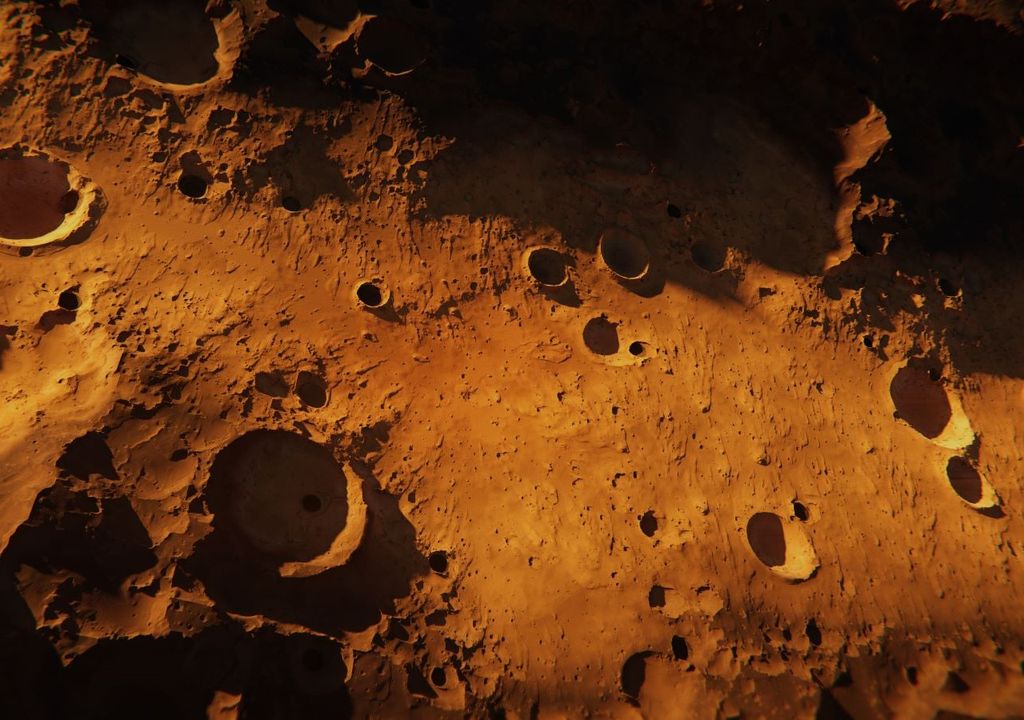They discover a giant volcano on Mars that may contain the remains of an ancient glacier.


Statement by a group of scientists from the discovery of a giant volcano and a possible ice sheet buried in the vicinity of this volcano. volcanoin the so-called “Tharsis Volcanic Province”, near the equator of Mars. This was no small surprise.
Volcanic complex It is located in one of the most interesting regions of Mars.bordered by a highly fragmented labyrinth called Noctis Labyrinthus (Night Labyrinth) and the monumental canyons of the Valles Marineris (Valleys of the Mariners).
Possible presence of ice
Volcanic structure, provisionally named “Volcano Noctis” reaches a height of 9022 meters. and has a diameter of about 450 kilometers. The gigantic size of the volcano and the complex history that led it to its current state indicate that This has been an active volcano for a long time..
The investigation also emphasized that in its southeastern part There is a thin layer of recent volcano, with ice from an ancient glacier likely still present underneath. existed millions of years ago.

“We were studying the geology of the area where we found the remains of a glacier last year when We realized that we were inside a huge, deeply destroyed volcano.“Explains Pascal Lee from the SETI Institute and the Mars Institute, who conducted the study.
Indeed, there are several clues that combine to reveal the volcanic nature of Noctis Labyrinthus’ rugged terrain. Central summit zone of what is now identified as a volcano It is characterized by several flat-topped mountains..
These mountains form an arc and reach their maximum height in the center of the structure, and then descend downward, away from the peak. In various areas of the perimeter of the structure Lava flows, pyroclastic deposits, and deposits of hydrated minerals can be observed..
Possible active volcano on Martian soil
“This region of Mars is known to contain a wide variety of hydrated minerals. (i.e. also water compounds) that span a long period of Martian history. It has long been assumed that a volcanic environment must exist for these minerals.
So finding a volcano here might not be all that surprising,” explains Sourabh Shubham of the University of Maryland Department of Geology and co-author of the study. “In a manner, this great volcano is “the long-awaited “irrefutable proof”. There are currently many questions that need to be answered based on the age of the volcano.

While it is clear that it was active early in Mars’ history, it is not known exactly when. Besides, although it broke out in our time, It is unknown whether it is still volcanically active or likely to erupt again.
Just a year ago, Lee, Shubham and their colleague John W. Shutt identified impressive glacier remnants in an eroded zone in the same volcanic mantle, in the form of deposits of light-colored sulfate salts with the characteristic morphology of a glacier.
The sulfate deposits, composed primarily of jarosite, a hydrated sulfate, are thought to have formed when a layer of volcanic pyroclastic materials came to rest on a glacier and reacted chemically with the ice. The study continued using data NASA’s Mariner 9, Viking Orbiter 1 and 2, Mars Global Surveyor, Mars Odyssey and Mars Reconnaissance Orbiter missions, and ESA’s Mars Express mission. .
